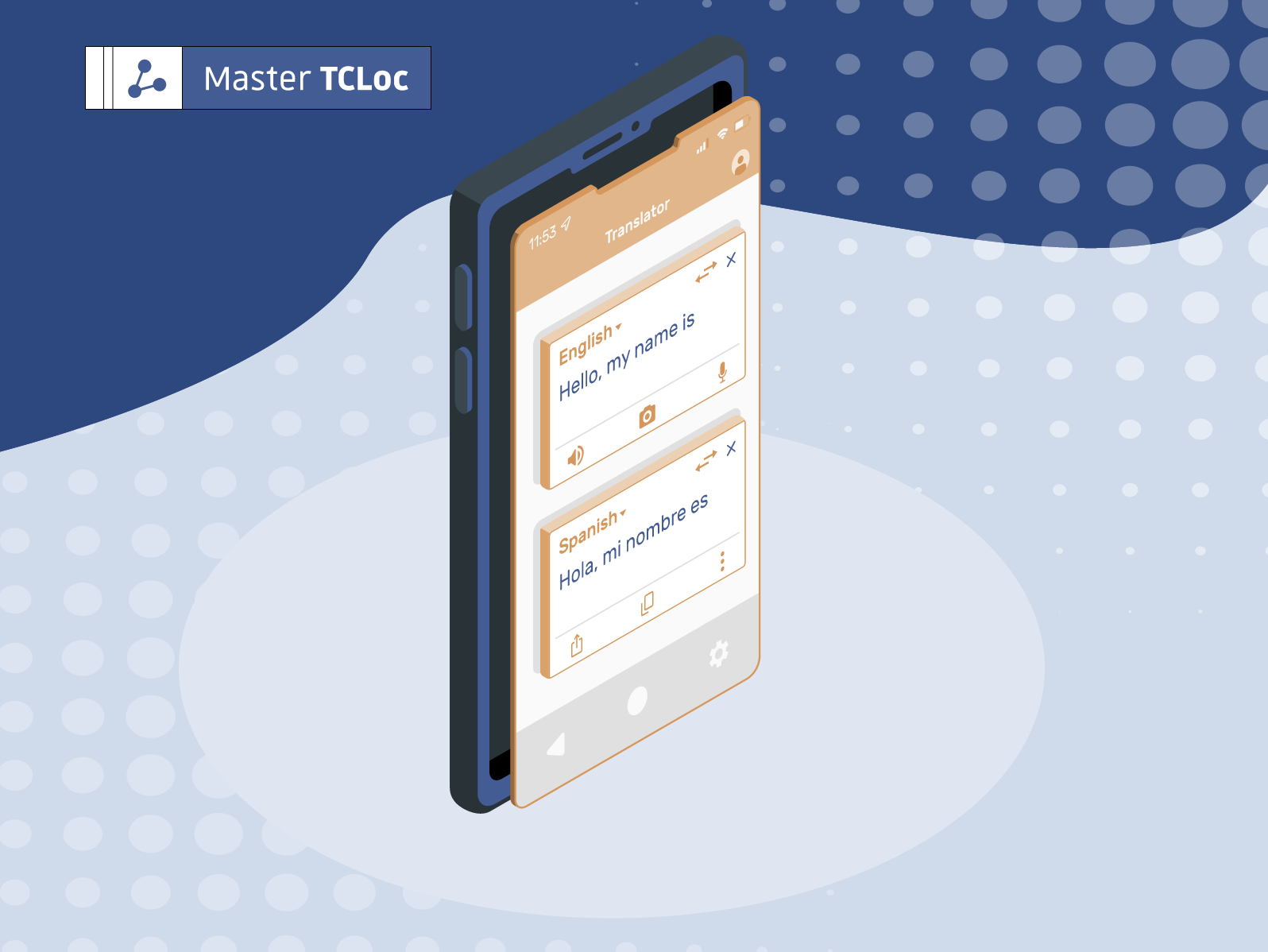Due to the process of globalization, businesses have recently realized they need to translate, or to use the correct terminology, localize websites to make their products and services available all over the world for different target groups and markets. In comparison to translation, which essentially means transforming text from a source language into a target language, website localization requires an additional set of skills to tailor content to appeal to specific markets.
There are 5 levels of website localization that companies can adopt (Singh & Pereira: 2005). Let’s have a look at each of them and what their advantages and disadvantages are.
1-Standardized websites
When a company uses a single website for all countries, this is known as a standardized website. The same content is provided to domestic and international website visitors. They also do not have the option to switch between languages. Tyco’s website is one of the many examples of standardized websites that we can find online.
Advantages: The business can focus on one target locale only and thus develop products and services tailored to these customers. This requires a smaller staff and budget than for global product launches or campaigns.
Disadvantages: Your capacity for reaching different audiences and markets is minimal, if not zero. A business with a standardized website will only reach local customers and maybe a few customers from other countries that already know about their business and are fluent in the website’s language.
2-Semi-localized websites
As the name implies, a semi-localized website only provides a few translated sections, for instance just the contact page. This kind of semi-localization is often used for online shopping since it is not always necessary to translate the whole website, as we can see in Gap’s website for example.
Advantages: The main advantage of only having a few sections translated is that you can still reach a broader range of target markets (e.g. thanks to localized product tiles, a localized contact page, etc.) as the most relevant sections of the site are localized. This makes sense for businesses who offer online shopping and whose customers already know their product lines. Customers only have to navigate through the menu, the product tiles and possibly the purchase process.
Disadvantages: As for standardized websites, target market impact is limited. Additionally it might also give visitors the impression that the site is not finished or not professional because only certain sections are translated.
3-Localized websites
This is the most common level of localization. There is a whole translated site for each country and most content and pages are localized. Specific regional adaptation is often not carried out, however.. Dell’s website is a good example of what a localized website looks like.
Advantages: The size of the target audience is widely expanded in comparison to the semi-localized website. Customers can easily navigate through the website, understand every product display and explanation and walk through the payment process.
Disadvantages: These websites are solidly adapted to their target markets. Their only disadvantage is that their layout, products and services might not be as well tailored to the target audience as in the next two levels of localization we will see.
4-Highly localized websites
In addition to localizing content, there are culture-specific adaptations that companies should consider. This global localization includes translated content and site structure so that they are fully adapted to the target locale. Even country-specific URLs are provided.
Advantages: The big advantage of this type of localization is that an originally foreign business can achieve the look and feel of a local company. This is because its website is fully adapted to suit the target language(s) and culture.
Disadvantages: There is hardly any disadvantage to this type of localization. Every product and service page is entirely localized to the target market and provides a fully user-friendly experience.
A very good example is Amazon’s website. Just switch between different markets and see what changes you can see on the website.
5-Culturally-adapted websites
A culturally-adapted website is basically a new site completely adapted to the target culture and is thus the most advanced level of localization. It is even referred to as a total immersion in the target locale. On this type of website, perception, symbolism and behavior of users are taken into account.

Advantages: The great advantage of a culturally-adapted website is that a business can manage to penetrate markets that are normally resistant to foreign companies. The website looks like a local business and even heavily cultural aspects such as colors, festivities, holidays and more are taken into account.
Disadvantages: The only downside might be on the financial side. Depending on the size of the company, it has to invest in hiring employees who are experts in the culture of the target locale and who create individual campaigns, products and services tailored to the target audience(s). That might require hiring many more employees in order to have teams in charge of each region or country the company operates in.
A very good example is IKEA’s website. Switch through the UK, German, Arab and Japanese websites to see how not only the language changes, but also the product display and campaigns.
How to determine which level of localized website to adopt?
To decide what degree of website localization to adopt, a business first needs to determine who their target audiences are and what budget they have. The localization of a website requires more skill sets than what a translator usually has to offer. As a localization specialist, you need to be familiar with e-commerce and user experience. You must also be familiar with cultural aspects of the target culture such as national holidays, customs, seasonal trends, etc. In addition, it is always beneficial to have background knowledge about HTML and CSS to understand the basics of how a website is built.
For those on the other side who make content first hand, here are two other practical blog articles that might help you with creating localization-friendly and adaptable content for an international audience:
- Website Localization Best Practices: Go International!
- Content Localization: How to Successfully Reach a Global Audience
What are your thoughts about website localization? Don’t hesitate to comment or share this article on your social media channels!



